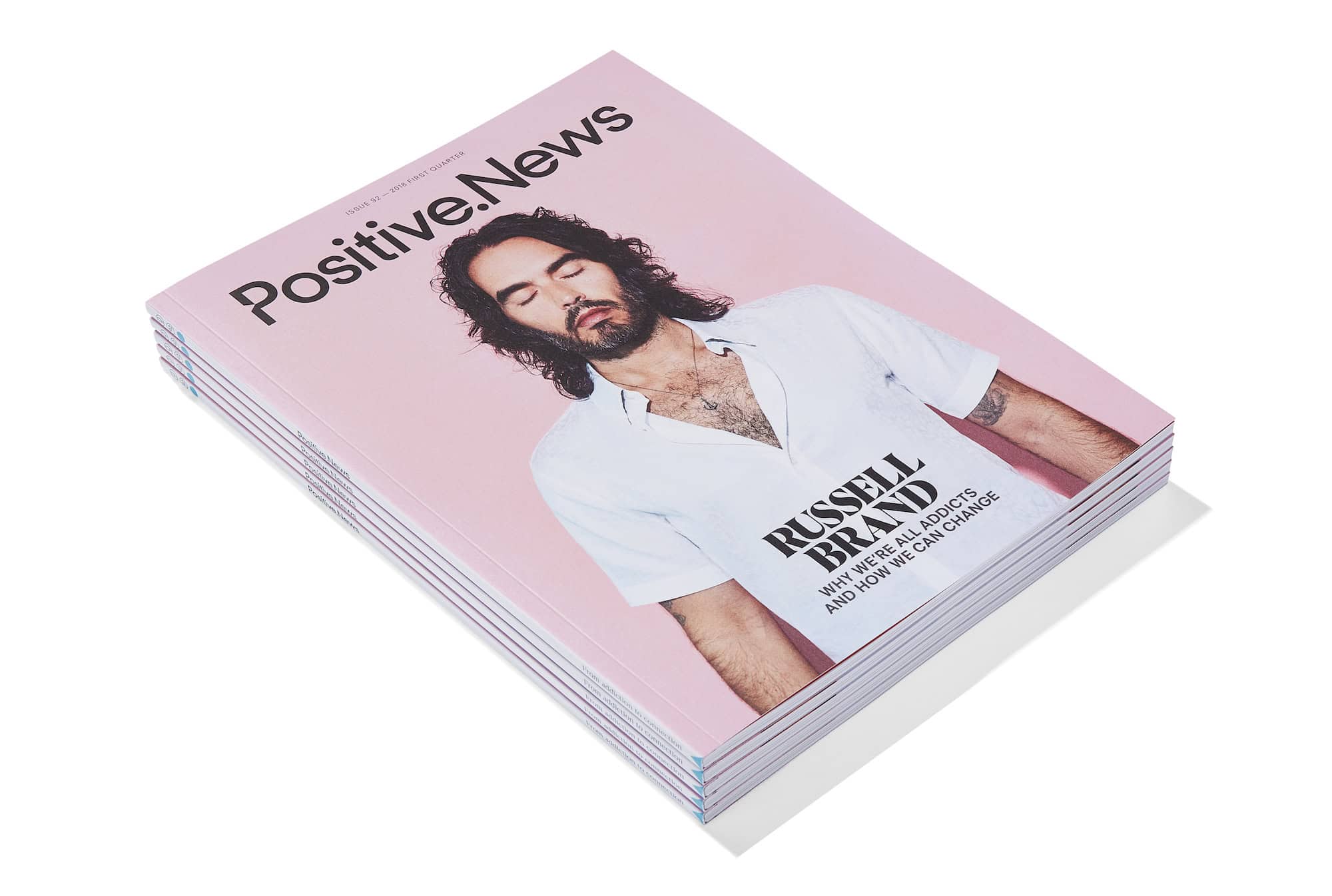Angry activism has a place, but there are gentler ways to make a difference too. The Craftivist Collective’s Sarah Corbett makes a case for craft-based activism
I’d always been an activist. I grew up in a low-income area of Liverpool in the 1980s in an activist family. I was taken to protests from the age of three and was present with local residents trying to save good housing from demolition. I’ll never forget a family trip to South Africa in 1991. I was eight and Nelson Mandela had been released from prison the previous year. For three weeks, we visited churches and communities who had worked to end apartheid. At secondary school, to my surprise, I was voted head girl and successfully campaigned for lockers for the students. At university, I campaigned on global issues and spent the first seven years of my career working for large charities as a professional activist and movement-builder.
But by 2008 I felt burnt out. I’m an introvert; so going to marches and meetings drained me. I didn’t like shouting, demonising people or telling people what to do, and I didn’t feel as though I fitted into some groups. And so much of my work as a professional campaigner and as an activist in my own time was online and not very creative. I really missed using my hands to create and make things.
The news might all seem bad, but good things are happening too.
Stay inspired – subscribe to Positive News magazine
In the summer of 2008 I picked up a cross-stitch craft kit from a local shop to stitch on a train journey when I felt too travel sick to work. Stitching calmed me down, helped me think through issues more clearly and I was able to be creative with my hands. It felt empowering. I discovered that the act of stitching in public led to people asking me questions about the injustice issue I was stitching about. My local politician had been ignoring my petitions and requests to take particular actions against injustice, so I hand-embroidered a message on to a handkerchief, asking her not to blow her chance of making a positive difference in her powerful position. I gave it to her as a gift to show that I wanted to encourage, support and help her tackle injustices as a critical friend, not fight her as an aggressive enemy.
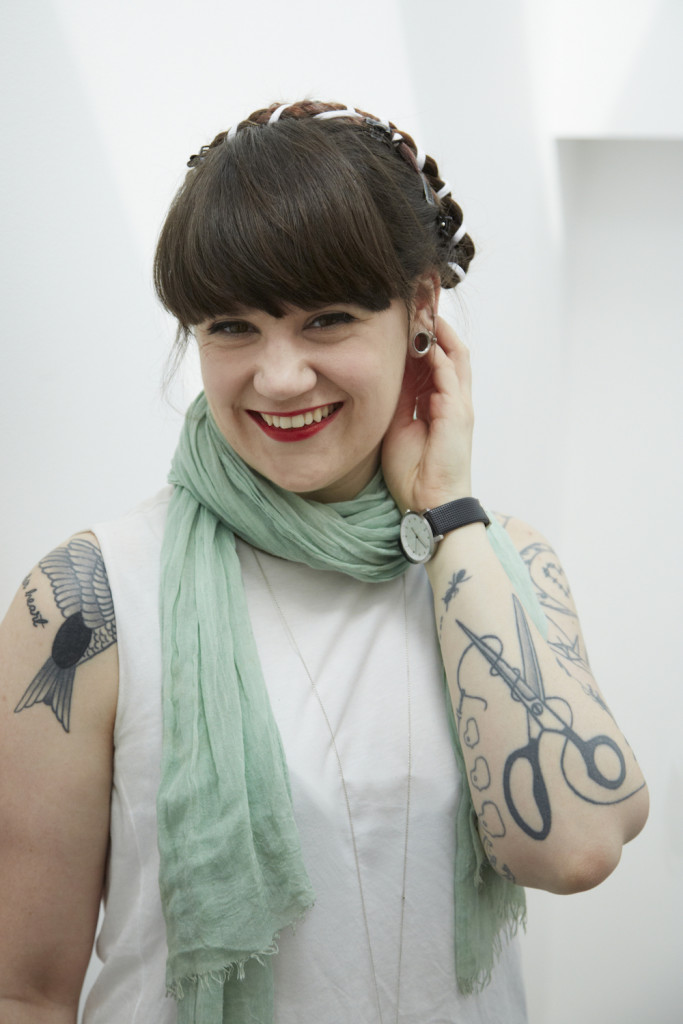
“I discovered that the act of stitching in public led to people asking me questions about the injustice issue I was stitching about”
The world is amazing. There is so much loveliness in nature, in people, in craft, in creativity. But I know that we can make it even more beautiful, and more kind and more fair. Craftivism can be truly transformational, both personally and politically. Unlike some forms of activism and craftivism, my approach is not aggressive, loud or transactional, but focuses on a gentle act of protesting, threading humility through all that we create and do.
Activism needs introverts
Gentleness is not a weak form of protesting, it’s not mild or non-assertive. It requires self-control when what we feel is anger or sadness when we see injustice. It requires thoughtfulness to understand the context of the situation and empathy to help understand people’s views and actions. Many people are turned off by political protests. Tactics of aggression, confrontation, shaming, bullying, demonising and violence (threats, physical and emotional violence) can be used in protests to intimidate, terrorise and undermine people.
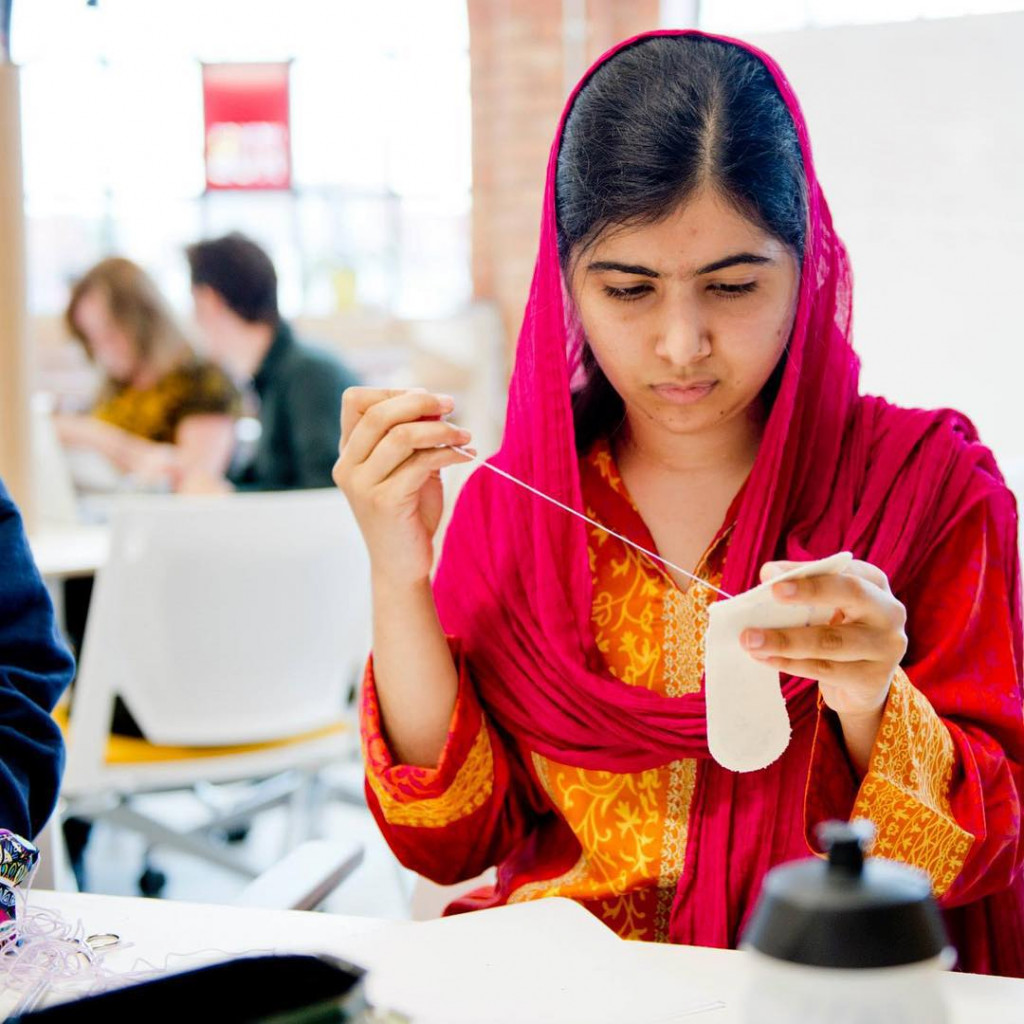
Whether it’s stitching solidarity bunting, or joining a Craftivism workshop like Malala Yousafzai (pictured above), craft-based activism can change perspectives, believes Corbett
Sadly, violent protests are often what people see in the media, even when the majority of protests are mostly peaceful. No wonder I hear from craftivists and others around the world who feel they can’t protest because they don’t want to be abusive, they don’t want to upset people or be judgemental. Quiet, shy or introverted craftivists tell me that protesting is a big and uncomfortable leap for them because they don’t feel confident about speaking in public. I tell them that you don’t need public speaking to protest. You don’t need to be loud.
We need to stop seeing protest as only being about shouting in a crowd and start having the kind of smaller conversations that actually connect to fellow human beings, and help to influence them gently.
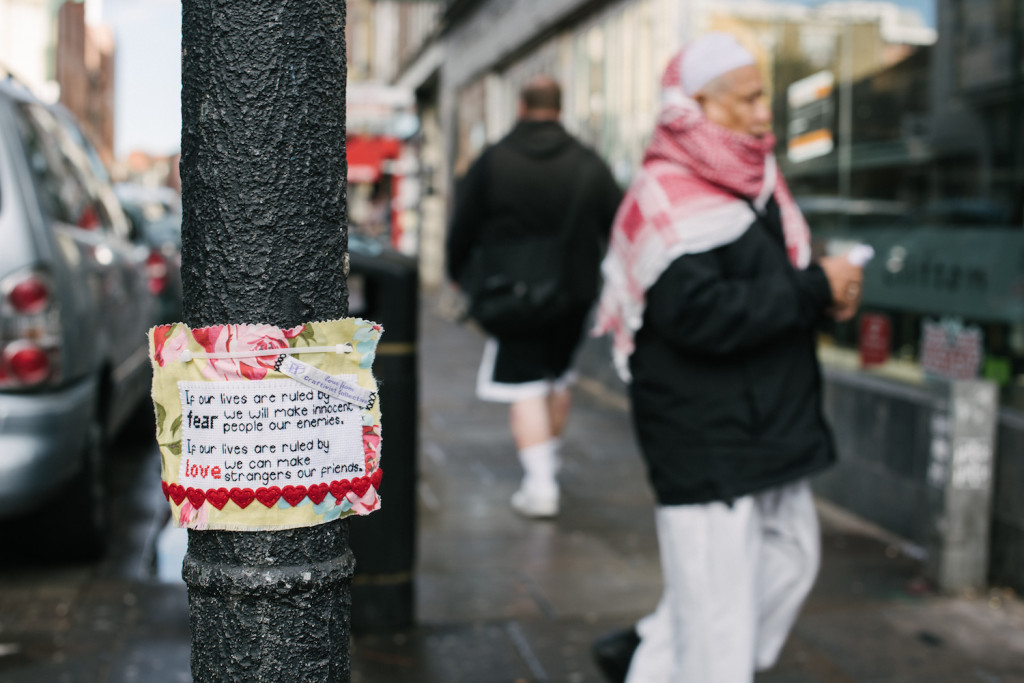
Throughout history, gentleness has threaded through many effective campaigns for social change. I believe craftivism follows this legacy, and I call it the art of gentle protest.
We need to stop seeing protest as only being about shouting in a crowd and start having the kind of conversations that connect to fellow human beings
‘Gentle protest’ sounds like an oxymoron. Gentleness brings to mind something soft and mild, attractive but also hopelessly naïve and idealistic. But protesting gently can be hugely effective. Nelson Mandela went to jail believing in violence as a successful agent for change. Twenty seven years later, he and others had slowly and carefully honed their skills in non-violence to turn one of the most vicious and prejudiced governments in the world into a democracy working with those who had oppressed them.
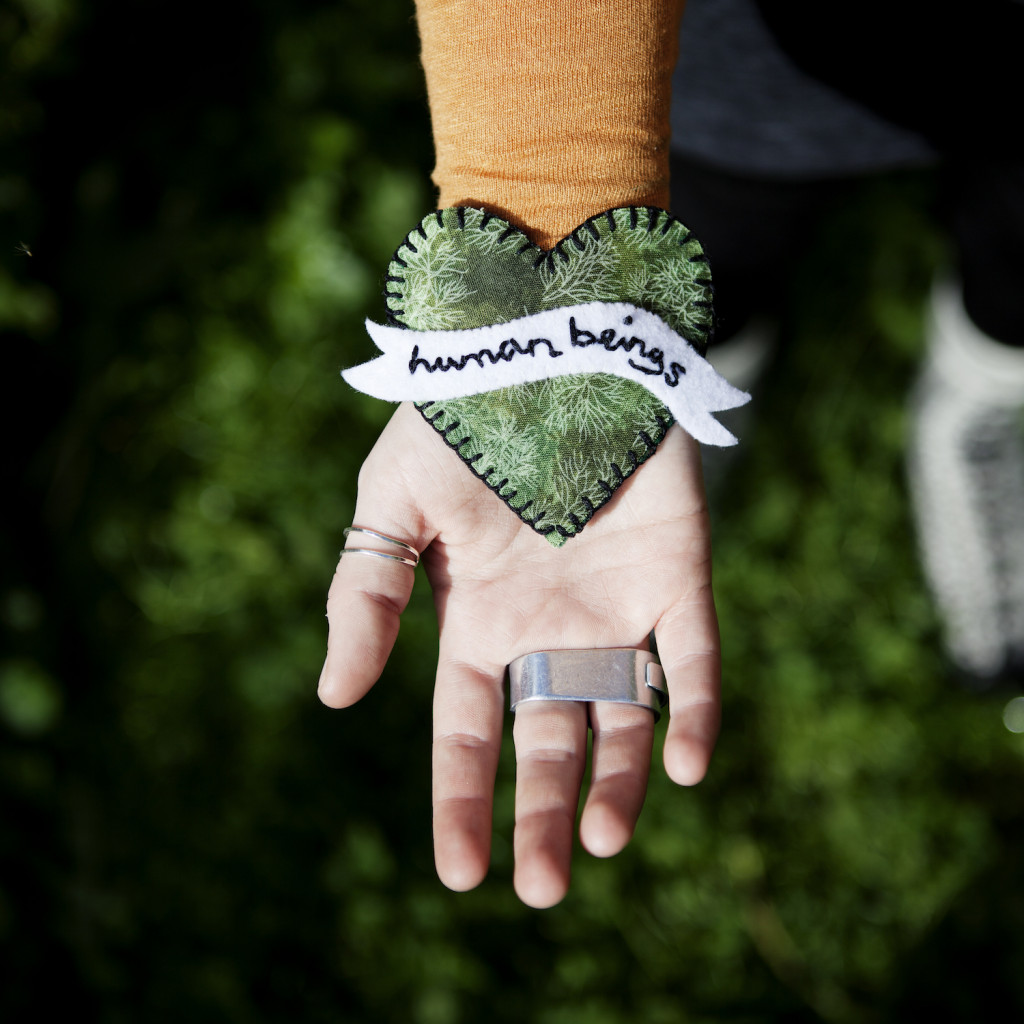
If you want to do it well, craftivism isn’t fast and easy. Injustices tend to be complex tapestries with no quick fix or one individual to blame. They can involve many problems woven together that we need to address in different ways. But craftivism can be an effective tool alongside other forms of protest in the activism toolbox.
How to be a Craftivist: the Art of Gentle Protest by Sarah Corbett is out now, published by Unbound
All images: Craftivist Collective
